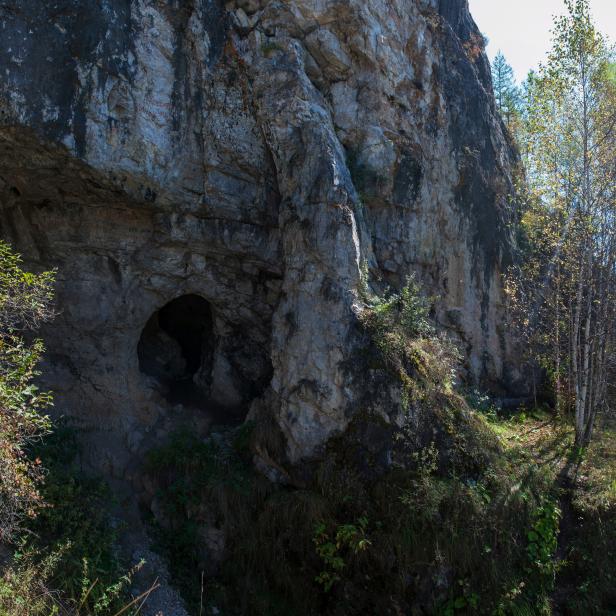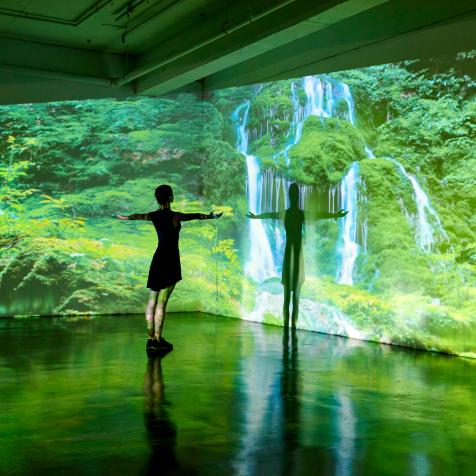
rusak
Ancient DNA Reveals New Evidence, Changing What We Know About Human Evolution
New DNA evidence found in sediment from Denisova Cave in Siberia reveal that it may have been a common meeting place that overlapped with Neanderthal, Denisova, and Homo sapiens. Could this have altered our evolution as modern humans?
In the anthropology world, it's been known for two decades that our Neanderthal and Denisovans ancestors once inhabited Denisova Cave, which is located up in the mountains of Siberia. Through the years, scientists have excavated bones, teeth, stone tools, and jewelry that date back to 300,000 years ago. However, in a recent study in the journal Nature, new evidence has surfaced that modern humans may have overlapped with our ancestors and in the same cave, too.
Elena Zavala, an evolutionary anthropologist at the Max Planck Institute in Germany and coauthor of the study, told Business Insider that, "we now have the first direct evidence for the presence of ancient modern humans at the site." Could our ancestors have mingled and interbred, leading to the species and technological evolution of who we are today?
According to the study, the evidence that points to all of this is based on an analysis of ancient DNA pulled from over 700 soil samples on the cave floor across its three chambers. A quarter of the samples contained hominin DNA from microscopic bits of human hair, skin, and feces that were mixed in with the soil. Other DNA from ancient dogs, bears, hyenas, and horses were also found. The DNA from all three species were found in the layer of soil that's between 45,000 and 22,000 years old, which has researchers thinking that they all overlapped in this cave.

rusak
Denisova caves is a cave in the Altai mountains, Siberia, Russia. The cave is of great paleoarchaeological and paleontological interest.
Katerina Douka, an archaeologist not involved with the study, told Science that. "I cannot think of another site where three human species lived through time."
Why is this significant? Combined with past insights, we can better understand the ancient human timeline. To help put it into perspective, here's a snapshot of the estimated timeline of the Denisova Cave.
- 250,000 years ago: Denisovans occupied the cave
- 190,000 years ago: Shift in climate due to Global warming and Neanderthals arrive
- 190,000 - 130,000 years ago: Denisovans and Neanderthals share the cave
- 130,000 - 100,000 years ago: Neanderthals were sole occupants
- 100,000 years ago: Second population of Denisovans emerged and co-habited with Neanderthals for up to 78,000 years
- 45,000 years ago: The first Homo sapiens arrived and new evidence points to them living among the Denisovans and Neanderthals at the same time.
But why this cave? Zavala told Business Insider, " It's interesting that Denisovans and Neanderthals kept returning to the cave because it is located at the end of what is thought to be each of their geographical ranges." This cave might have been along the migration route between Europe and Asia.


















